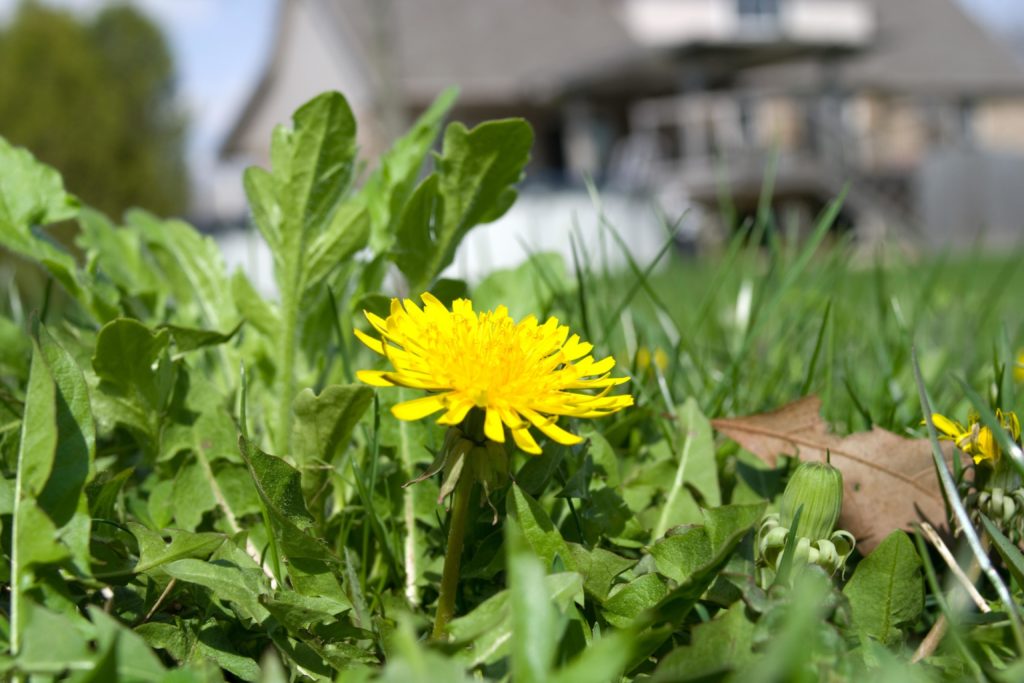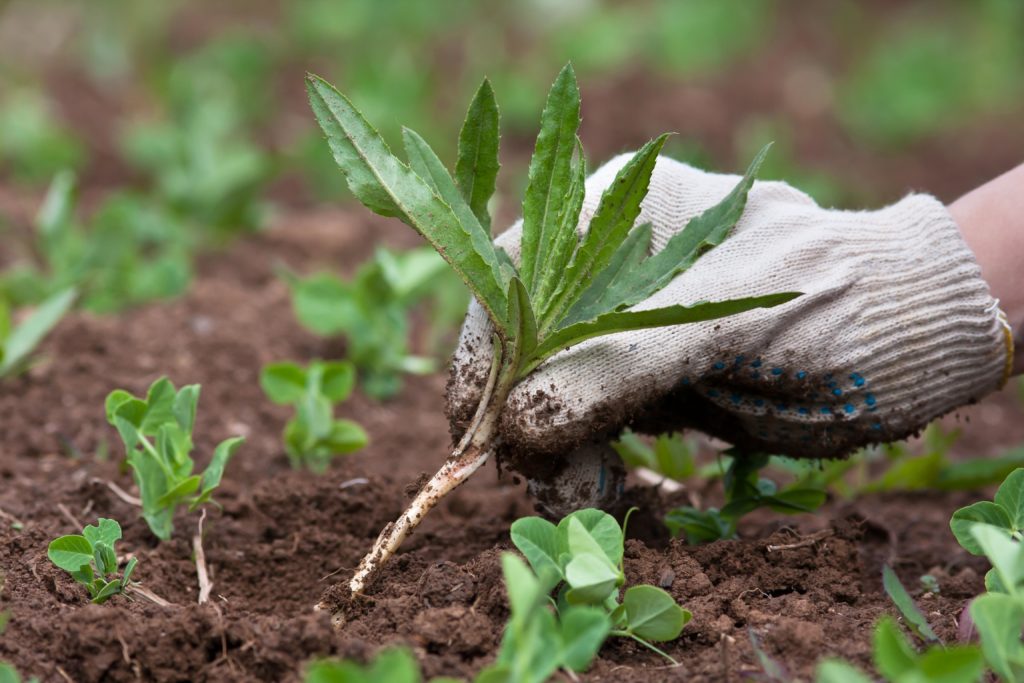How to Keep Weeds Out of Your Texas Garden
Weeds get a bad rap. For years, avid gardeners have targeted native species of grass, flowers, and other plants because, for whatever reason, they didn’t fit into an ideal landscaping design. And while there are certainly some aggressive plants out there that can quickly take over a vegetable garden or front lawn, strangling out more desirable botany, one gardener’s weed can also be another gardener’s native treasure.
But every avid landscaper will need to put some care and attention into ensuring that the botanical variety they are seeking to cultivate in their yards isn’t invaded by aggressive plant species that can crowd out more desirable plants. Keeping weeds out of the garden, however, can be a challenge. Different weeds respond to different kinds of pesticides. And pesticides can be harmful both to desirable plants and soil and water quality.
The most effective weed control begins by knowing what kinds of plants you are trying to control, and then pursuing the most environmentally friendly means of removing them.

Types of Texas Weeds
There are dozens of common weeds that landscapers and gardeners find to be nuisances, but these can generally be classified under three common types.
Broadleaf weeds: These are most easily described as weeds that look like plants, as opposed to grasslike weeds. Perhaps the most common and recognizable broadleaf weed is the dandelion. With wider leaves than grasslike weeds and longer stems, these weeds can quickly invade lawns and gardens, stealing space and nutrients from other plants. In addition to dandelions, other common broadleaf weeds include white clover and broadleaf plantain.
Grasslike weeds: These are weeds that masquerade as grass species. They typically have one leaf per seedling and feature thin, grasslike weeds. Common examples of grasslike weeds include crabgrass, yellow nutsedge, and quackgrass. These weeds can slip into a lawn undetected and begin to wrestle away space from desired grass species.
Sedges: Sedges are perennial plants that may look like grasses but grow tall and strong, sometimes to as much as 4 feet in height. They are prevalent in warm southern climates, such as Texas, and can be a pain to remove. Common varietals include green kyllinga, purple nutsedge, and yellow nutsedge.

How to Remove Weeds
The simplest answer to the question of how to keep weeds out of your garden is “it depends.” Different kinds of weeds require different approaches to control. The thing to remember is to be targeted in your strategy. Spraying an entire yard with a weed killer — even an organic one — can be detrimental to the health of your entire landscape. Instead, take the time to determine what kind of plant species is invading your yard and strategize the best way to address it. We’ll review some of the ways to control the most common weeds in Texas, which will cover many of the common weed control approaches.
Broadleaf plantain: These clumpy, leafy plants can kill other plant species around them, so it is best to identify them early. Remove by hand-pulling the plant and ensuring that you remove the entire taproot. Lawns can be treated with a natural pre-emergent herbicide such as corn gluten to help prevent broadleaf plantain growth.
Dandelion: These common lawn invaders can spread very quickly thanks to their effective feathery seeds that are blown indiscriminately in the wind. To remove dandelions, use a screwdriver or a weed puller to extract the plant from the taproot. Dandelions are resistant to most pre-emergent herbicides, so attacking them one-by-one by hand is the best strategy. But, if you are confronted with a dandelion invasion, one consolation is that they are edible and make a delicious tea or jelly.
Ground ivy: These common weeds are a member of the mint family, and like mint, it grows quickly, spreading its root structure and crowding out other plants. In the summer, it blooms blue or purple flowers, which makes it one of the more appealing weeds that may invade your yard. Learning how to live with ground ivy may be an option since it is very difficult to control. Hand-pull and be sure to remove all the aboveground stems. Also, ground ivy can be an indication of poorly drained soil, so if you are wrestling with an invasion, you may treat this, ahem, root cause.
White clover: Another common lawn invader is white clover, which you can identify by its bulbous flowers that can grow from 4 to 6 inches tall. Some landscapers use white clover to their advantage, as they can help control erosion. They are also pollinators that attract bees, moths, and butterflies. But if you have decided it doesn’t belong in your yard, remove them with a trowel or hand-pull. Mulch can also help control their growth. If you’d like to use a natural herbicide, iron-based solutions will help keep these weeds at bay.
Yellow woodsorrel: If you see these pretty, yellow-flowered plants sprouting out in your yard, you may be tempted to leave them be and go for a wildflower look. But they can be aggressive and can quickly take over planned landscaping. The best way to control them is by preventing their growth in the first place. Mulching ornamental beds will help control growth. If you hand-pull, be sure to remove all the surface roots, which is how they spread. Although difficult to control, it is important to catch yellow woodsorrel early because of how fast it grows.
Learn how to keep your garden pest-free with these DIY gardening hacks.
© 2022 Texas Farm Bureau Insurance



